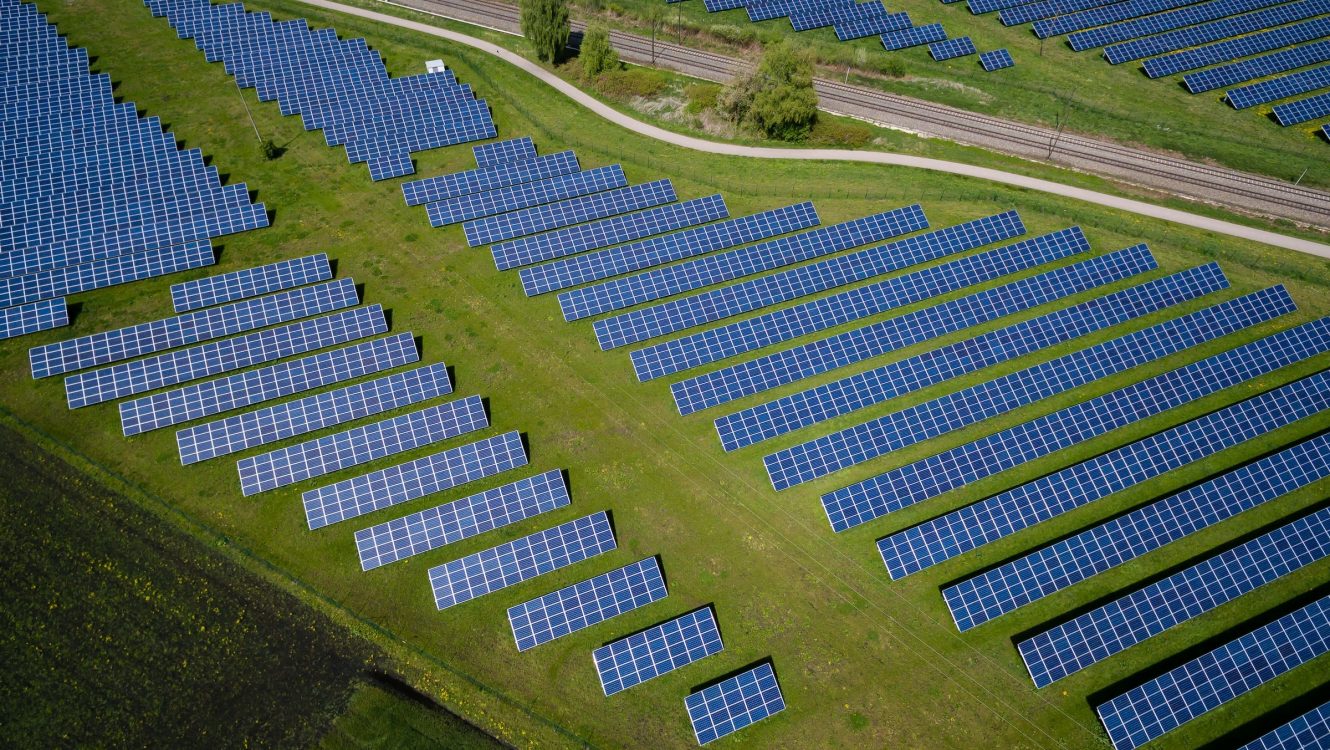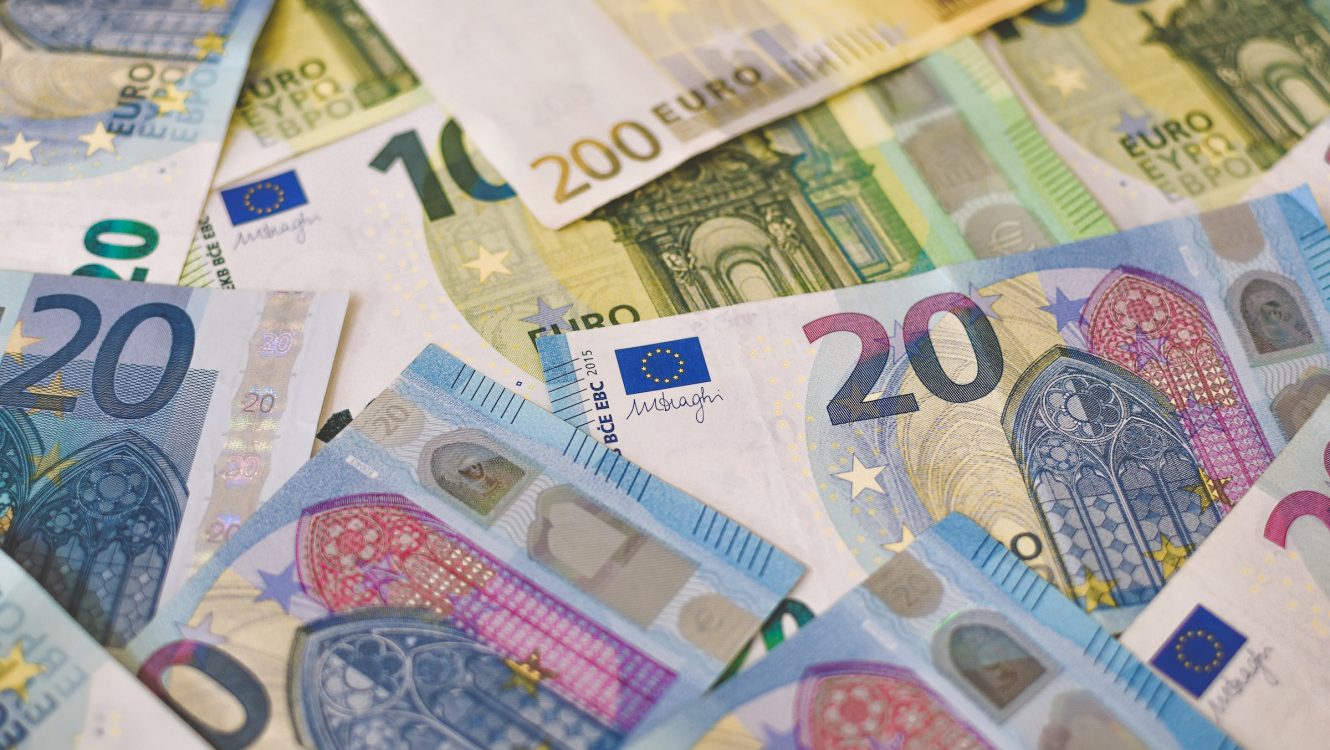The Balkans’ Green Ambitions: Romania and Albania Lead the Charge Toward Renewable Energy
In the heart of the Balkans, a transformative green wave is taking shape. As Europe at large grapples with the challenges and promises of renewable energy, two Balkan nations—Romania and Albania—are unveiling ambitious plans to distance themselves from their fossil fuel past and embrace a sustainable future.
Romania’s Grand Vision for Climate Neutrality
Bucharest has recently sent a strong message to its European peers and the world: Romania is serious about tackling climate change. With a proposed investment nearing €2.1 billion, the nation has its eyes set on achieving climate neutrality by 2050, aiming for a substantial 99% reduction in emissions compared to its 1999 levels.
This hefty financial commitment is targeted at the country’s major energy-consuming sectors: road transport, construction, and industry. The goal? To modernize and greenify Romania’s infrastructure. From high-efficiency machinery to state-of-the-art heating and cooling systems, the nation plans to replace outdated, high-emission equipment with environmentally friendly alternatives. A chunk of the funds is also earmarked to elevate the energy efficiency standards of buildings, both new and old.
Albania’s Sunlit Promise: Solar Energy on the Horizon
Meanwhile, to the southwest, Albania is capitalizing on a natural resource it has in abundance: sunlight. The Karavasta power station, located on the periphery of the scenic Karavasta lagoon national park, is now home to almost 235,000 new solar panels set to connect to Albania’s energy grid.

This project, overseen by the French firm Voltalia, stands as the largest solar plant in the Western Balkans. Occupying a sprawling 200 hectares of land generously provided by the Albanian government, this solar behemoth is slated to produce a whopping 140 megawatts. Such capacity could power several hundred thousand homes in Albania, a nation with a population just shy of 3 million.
Historically, Albania has relied on hydroelectric power, with these stations supplying around 99% of its electricity. However, the nation’s dated energy infrastructure, coupled with recurrent droughts, has been hard-pressed to support its rapid growth and burgeoning tourism industry. The solar initiative at Karavasta is a promising solution, leveraging Albania’s 300 average sunny days to ensure a stable and renewable power supply.
Yet, Albania’s energy journey is not without its contradictions. Even as it advances its green energy ambitions, the country annually produces approximately 650,000 tonnes of crude oil, employing outdated infrastructures that have drawn criticism from environmental advocates. However, as the winds of change blow, Albania’s picturesque coastline and its suitable terrain present a compelling case for more expansive solar projects. Luca Anthouard, an engineer associated with the Karavasta project, aptly captures the sentiment, highlighting the vast potential of the region that’s “on a grand scale by European standards.”
Conclusion: The Green Dawn in the Balkans
The strides made by Romania and Albania signal a broader shift in the Balkan peninsula. For regions historically reliant on fossil fuels, the move toward renewable energy sources is both commendable and necessary. As environmental concerns mount, these two countries set a precedent, demonstrating that with vision, investment, and dedication, a greener future is not just a dream but an attainable reality. As the Balkans navigate this green transition, the world watches with hope and anticipation.
©globalgreenhouse.eu













